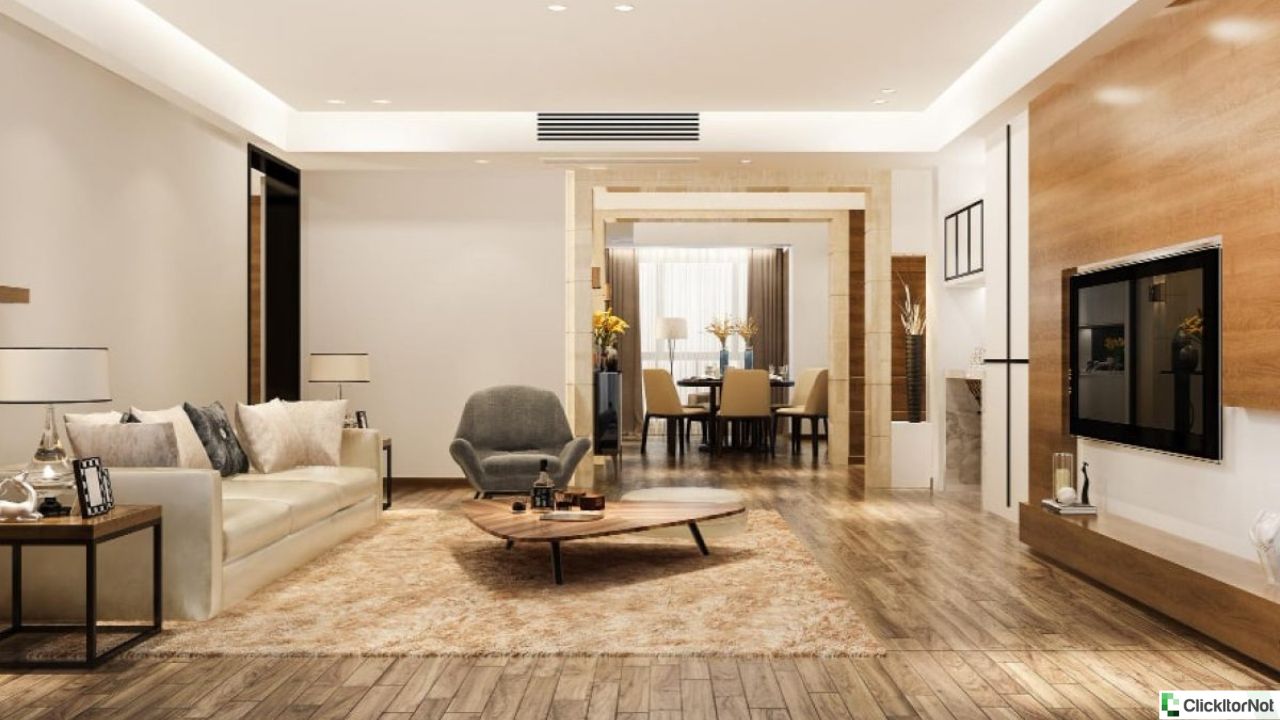
Introduction:
Wooden flooring, with its timeless elegance and unparalleled warmth, has been a staple of interior design for centuries. From classic hardwoods like oak and maple to exotic species such as teak and mahogany, wooden floor (drevená podlaha) offer a unique blend of beauty, durability, and sustainability. In this article, we’ll explore the rich history, versatile styles, practical benefits, and eco-friendly aspects of wooden flooring, highlighting why it remains a top choice for homeowners, designers, and architects around the world.
A Brief History of Wooden Flooring:
Wooden flooring has a storied past that dates back to ancient civilizations. Early cultures utilized wood planks or logs to cover dirt floors, providing insulation and protection against the elements. As craftsmanship evolved, wooden floors became symbols of wealth and prestige, adorning the palaces of kings and emperors in elaborate parquet patterns and intricate designs.
During the Renaissance period, the art of parquetry flourished, with master craftsmen creating elaborate geometric motifs using contrasting wood species. This tradition continued into the Baroque and Rococo eras, where wooden floors became integral elements of opulent interiors, reflecting the grandeur and sophistication of the times.
In the 19th and 20th centuries, technological advancements in milling and manufacturing made wooden flooring more accessible to the masses. With the rise of industrialization, machine-cut planks replaced handcrafted parquet, paving the way for mass-produced hardwood floors in homes, schools, and commercial buildings worldwide.
Also see: Riding the Waves: A Guide to Costa Rica Surf Hotels
Styles and Varieties of Wooden Flooring:
Wooden flooring comes in a myriad of styles, species, and finishes, allowing for endless customization to suit any interior aesthetic. Some popular types of wooden flooring include:
Solid Hardwood Flooring: Made from a single piece of timber, solid hardwood flooring offers timeless beauty and unmatched durability. Common species include oak, maple, cherry, and walnut, each with its own unique grain patterns and color variations.
Engineered Wood Flooring: Engineered wood flooring consists of multiple layers of wood veneer stacked in a cross-grain configuration and bonded together with adhesive. This construction enhances stability and resistance to moisture, making it suitable for installation in areas with fluctuating humidity levels.
Reclaimed Wood Flooring: Reclaimed wood flooring, sourced from old barns, factories, and warehouses, adds character and history to interior spaces. Each plank bears the marks of its previous life, including nail holes, saw marks, and weathering, creating a rustic and nostalgic ambiance.
Exotic Hardwood Flooring: Exotic hardwoods, such as teak, mahogany, and Brazilian cherry, offer rich colors and distinctive grain patterns that add a touch of luxury to any room. While pricier than domestic species, exotic hardwood flooring makes a bold statement and can elevate the design of high-end residences and commercial spaces.
Practical Benefits of Wooden Flooring:
Beyond its aesthetic appeal, wooden flooring offers a host of practical benefits that contribute to its popularity among homeowners and designers:
Durability and Longevity: High-quality wooden flooring can last for generations with proper care and maintenance. Hardwood species like oak and maple are naturally resistant to wear and tear, making them ideal for high-traffic areas such as living rooms, kitchens, and hallways.
Easy Maintenance: Wooden flooring is relatively easy to clean and maintain compared to carpets or tiles. Regular sweeping and occasional mopping with a damp cloth are usually sufficient to keep wooden floors looking pristine. Additionally, scratches and minor imperfections can be repaired through sanding and refinishing, extending the lifespan of the flooring.
Warmth and Comfort: Unlike cold, hard surfaces like tile or concrete, wooden flooring provides a warm and comfortable underfoot feel. In colder climates, wooden floors can be paired with radiant heating systems to enhance comfort and energy efficiency, creating cozy indoor environments year-round.
Timeless Elegance: Wooden flooring transcends design trends, remaining a timeless choice that never goes out of style. Whether installed in a traditional farmhouse or a contemporary loft apartment, wooden floors add sophistication and warmth to any interior space, enhancing its overall aesthetic appeal.
Also see: Navigating Loans in Canada: Your Comprehensive Guide
Eco-Friendly Aspects of Wooden Flooring:
In an era of increasing environmental awareness, wooden flooring stands out as a sustainable choice for eco-conscious consumers. Here are some reasons why wooden flooring is considered environmentally friendly:
Renewable Resource: Wood is a renewable resource that can be harvested sustainably from responsibly managed forests. By choosing wooden flooring certified by organizations such as the Forest Stewardship Council (FSC), consumers can support forest conservation efforts and promote responsible forestry practices.
Carbon Sequestration: Trees absorb carbon dioxide from the atmosphere as they grow, storing carbon in their wood fibers. By using wooden flooring, consumers effectively lock up carbon, reducing greenhouse gas emissions and mitigating climate change.
Longevity and Recyclability: Wooden flooring has a long lifespan and can be recycled or repurposed at the end of its use. Unlike synthetic flooring materials, which often end up in landfills, wooden flooring can be salvaged and reused, minimizing waste and resource depletion.
Low Embodied Energy: The production process for wooden flooring requires less energy compared to other building materials like concrete or steel. With advancements in milling and manufacturing techniques, wooden flooring manufacturers can minimize energy consumption and reduce their environmental footprint.
Also see: Securing Justice: The Essential Role of Bail Bondsmen in Bozeman, Montana
Conclusion:
Wooden flooring epitomizes timeless elegance, practicality, and sustainability in interior design. From its rich history and versatile styles to its durability and eco-friendly attributes, wooden flooring continues to captivate homeowners, designers, and architects alike. Whether seeking to add warmth and character to a traditional home or create a sleek, modern aesthetic in a commercial space, wooden flooring remains a top choice for those who appreciate the enduring beauty of natural materials in the built environment.
Wooden flooring stands as a cornerstone of interior design, embodying a harmonious blend of timeless elegance, practicality, and sustainability. Its enduring appeal spans generations, captivating homeowners, designers, and architects alike with its rich history, versatile styles, durability, and eco-friendly attributes.
For more such interesting content, keep reading ClickitOrNot.

Leave a Reply